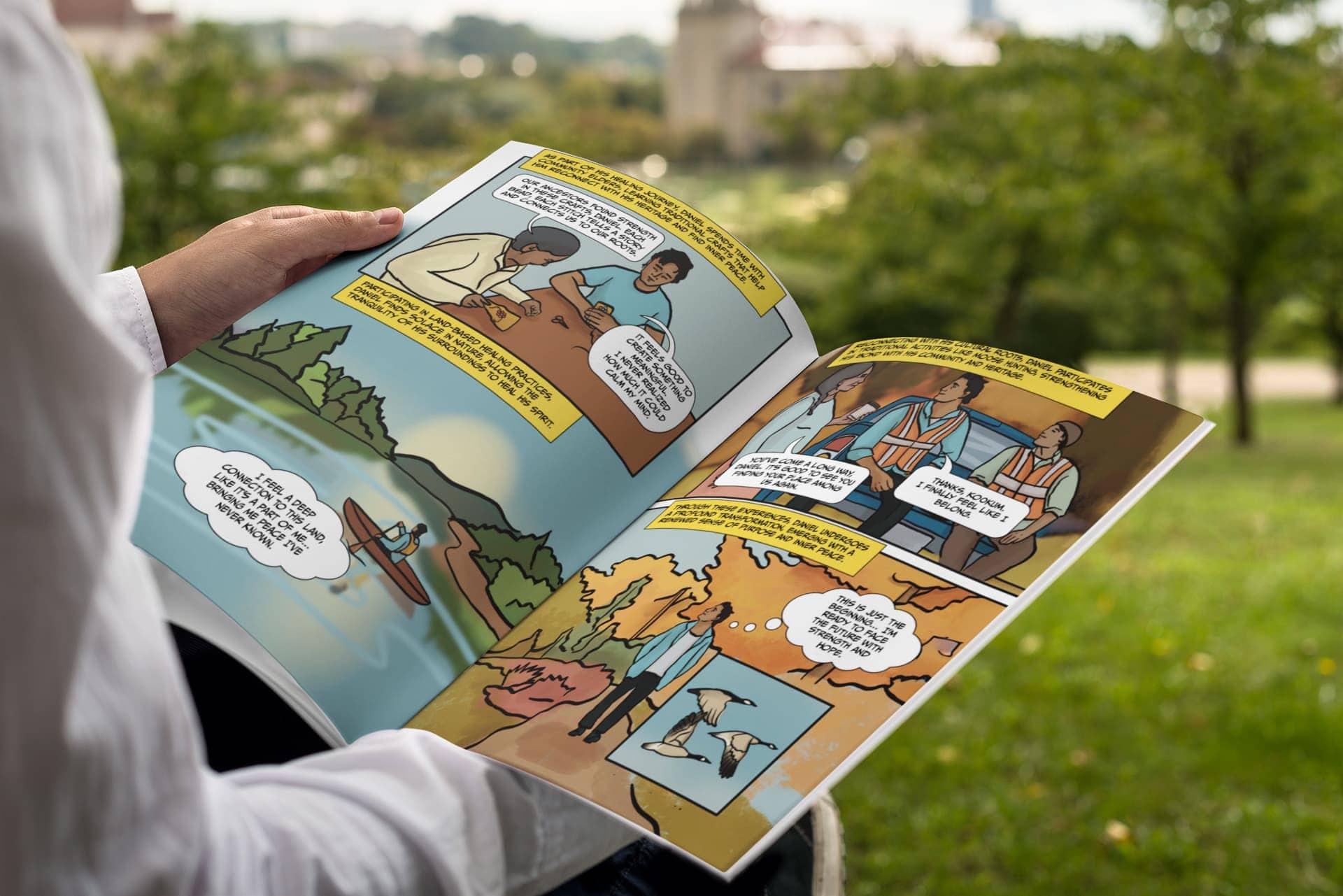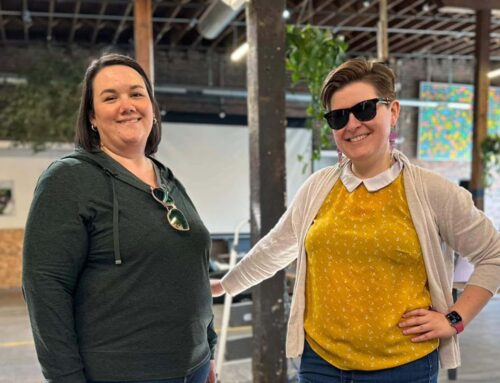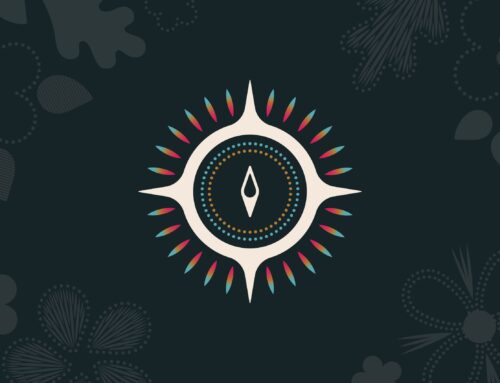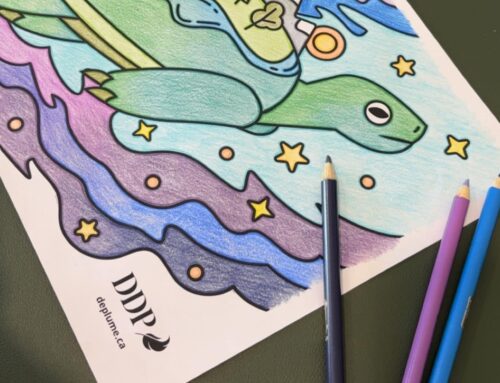Comics as a Tool for Education and Reconciliation
Storytelling is a way to address the past and heal trauma. When we tell others our stories, we bridge gaps and foster empathy. This process creates space for shared understanding and collective growth.
For Indigenous audiences, storytelling can also be a means of reclaiming narratives and celebrating resilience. In this way, storytelling can act as both a tool for healing and as an approachable but powerful form of reconciliation.
With this in mind, we have been designing comic books as a storytelling tool for our clients. Comics may not seem like a natural fit for heavy topics, but this approachable format is an effective way to convey complex or difficult information with audiences at every level.
Let’s take a look at the comic design process and how comics have helped our clients reach their goals.
Many of our clients use comics to share important information with their audiences. Here are a few of our recent projects.
Tungasuvvingat Inuit (TI)
Tungasuvvingat Inuit (TI) is an Inuit-specific urban services provider for Inuit of all ages. We worked with TI to create a comic book geared towards Inuit youth in foster care. The goal was to convey the rights of youth while in foster care in a creative and engaging way.
We wrote a story that features many scenarios to explain youth rights. We also illustrated and developed the comic book with the guidance of TI and a circle of Inuit youth. The end result is used as a teaching tool to help youth find their way through the care system and honouring their cultural backgrounds.

Nishnawbe-Aski Legal Services (NALS)
Nishnawbe-Aski Legal Services (NALS) developed the 28-page graphic novel Our Stories Are Not Being Heard / Honoured to address the overrepresentation of Indigenous individuals in the judicial system and emphasize the importance of culturally appropriate sentencing.
The project aims to educate both Western legal audiences and Indigenous community members about restorative justice and the Gladue principles. The stories incorporate themes of community connection, trauma healing, and identity, ensuring that the content remains both educational and deeply personal.
We used visual storytelling to highlight the lived experiences of Indigenous peoples navigating the Western legal system while centering traditional teachings and Indigenous identity. The illustrations were intentionally crafted to deepen the reader’s connection with the written words, fostering trust and honouring the stories, experiences, and histories of Indigenous peoples.

Queen’s University
We worked with a team of Inuit-led and Inuit-specific organizations and academic health researchers to create “Not Deciding Alone.” This project aims to support Inuit self-determination by utilizing a process called shared decision-making.
Shared decision-making upholds person-centred care and supports positive health outcomes. With this process, Inuit patients work with their healthcare providers to create treatment plans that support positive health outcomes.
“Not Deciding Alone” tells the stories of two Inuk patients in comic book form. This format allows readers to see the process of shared decision-making in action and develop their ability to self-advocate.
Working with the team at De Plume was an absolute pleasure. They brought our shared decision-making project to life with visuals that are clear, professional, and respectful of the communities we serve. We’re grateful for De Plume’s creativity, responsiveness, and commitment to meaningful collaboration. People also really liked the work!
Janet Jull,
OT Reg (Ont), PhD, Carleton University

Design de Plume’s Comic Writing & Design Process
Our 15-step process for creating comics allows us to foster genuine relationships and seek out community input to ensure cultural accuracy and respect. After meeting with the client to discuss the creative direction and goals for the comic, our team enters a research and exploration phase to determine the tone, setting, and intended audience.
When the outline is complete, we’ll gather inspiration and create a moodboard to serve as inspiration for our design team. The project then moves into the artwork phase: sketching, drawing, shading, lettering, colouring, and finalizing the visuals.
Our clients are involved in every phase of a project. The client lead will review the outline and provide feedback on artwork, culture and the story. We view design as an iterative process and this type of collaboration ensures that we are working towards a shared vision.
How Comics Can Help You Reach Your Objectives
Comic books allow for nuance in ways that text alone might not – visual representations can open up new ways of understanding a topic. If your project needs a thoughtful, accessible, and impactful solution, a comic book might just be the answer.
Looking for a design partner who brings clarity, creativity, and care to every step of a project? We might just be the right fit. Get in touch with us today and let’s start creating powerful and purposeful designs.



